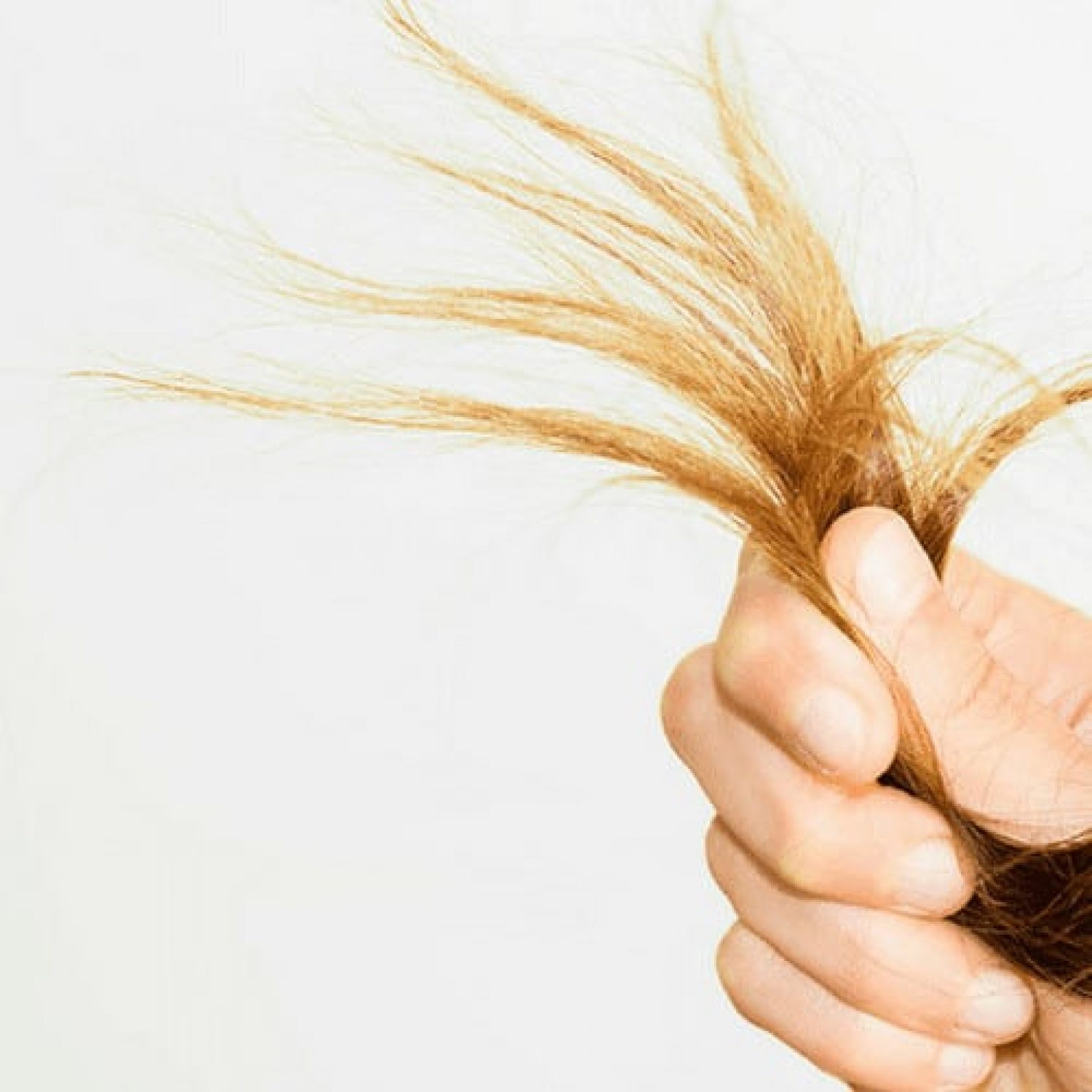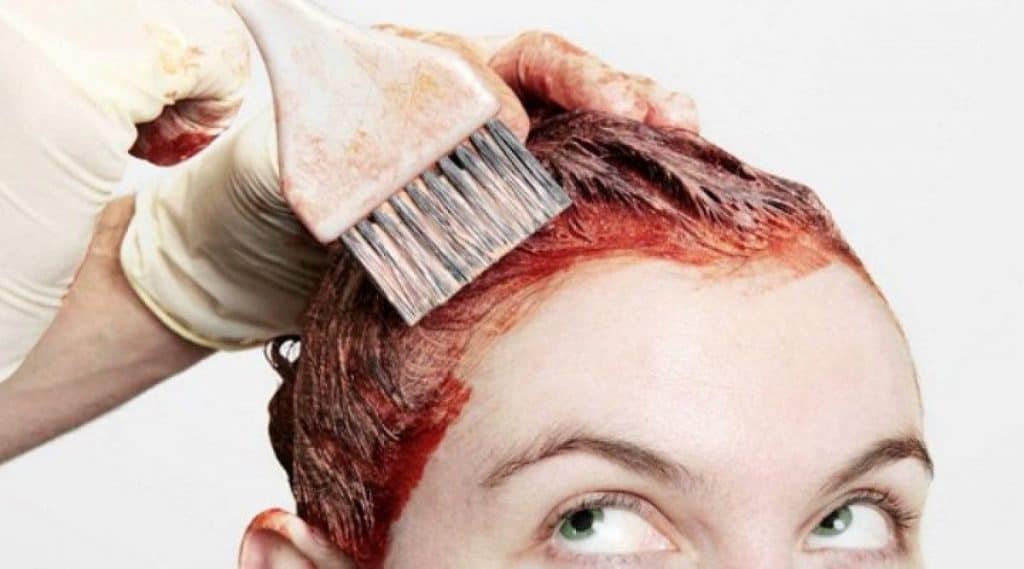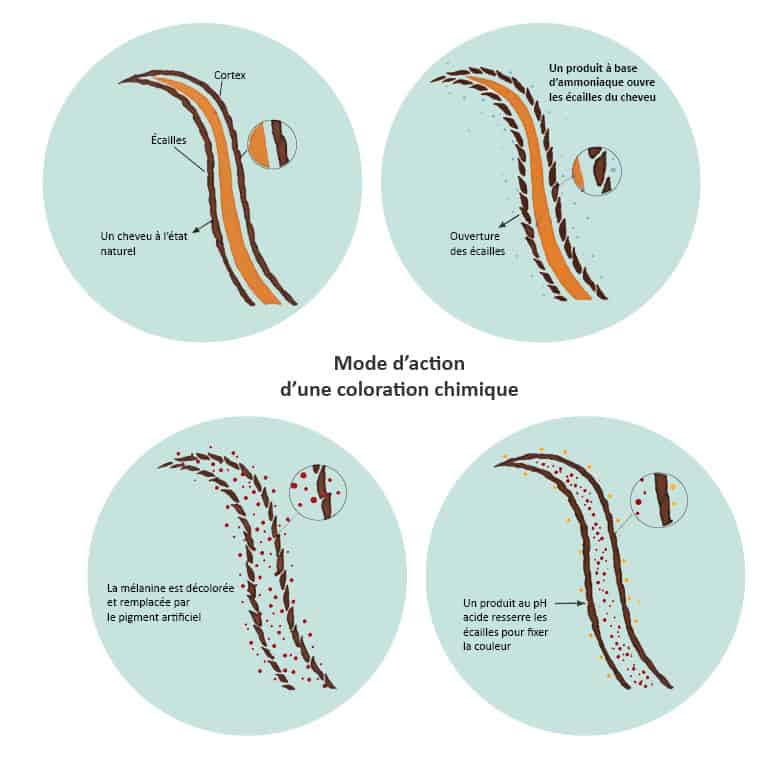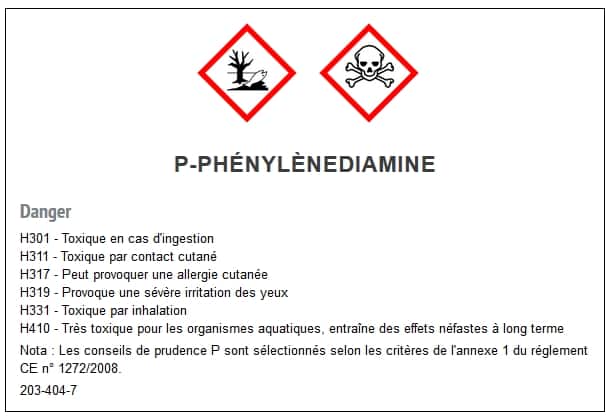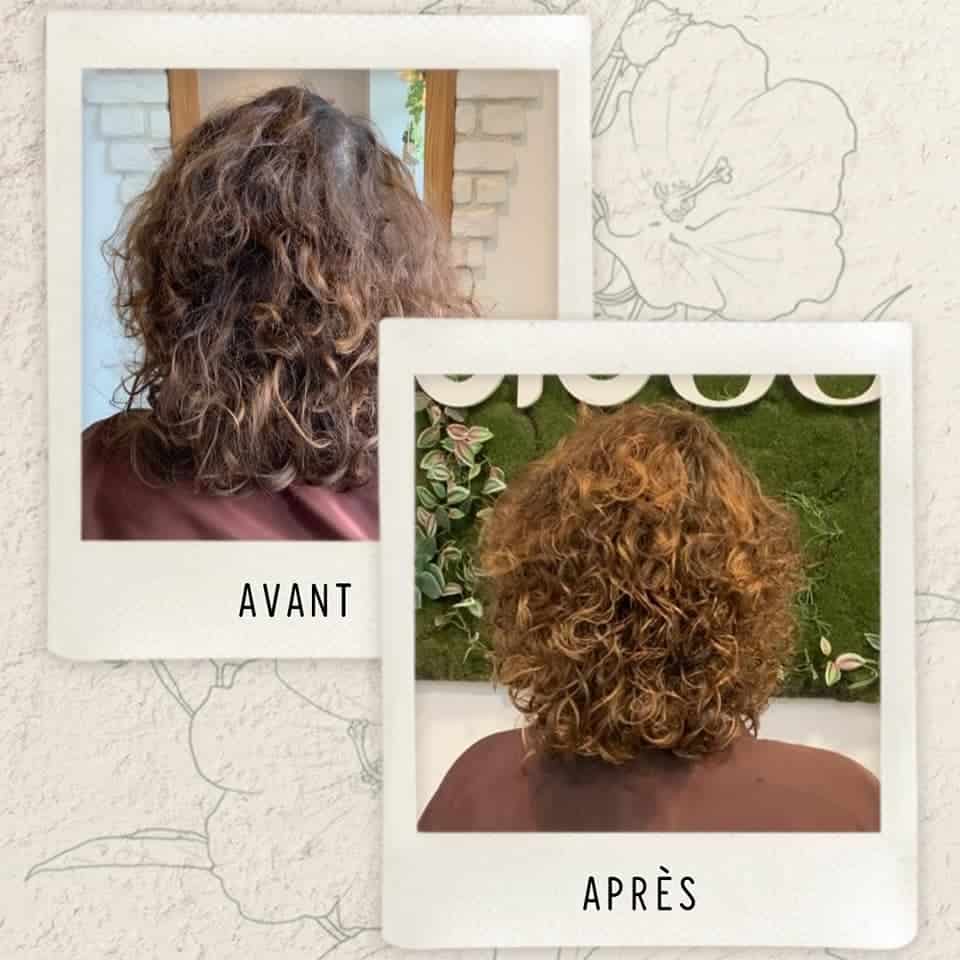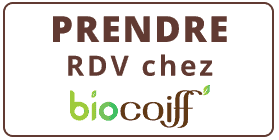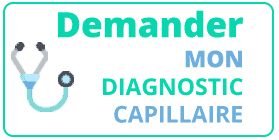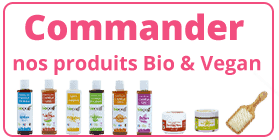Vous vous posez des questions sur l’effet de la coloration chimique sur vos cheveux ? Vous allez découvrir que non seulement ses produits toxiques abîment durablement votre chevelure, mais qu’ils présentent en plus des risques pour votre santé.
Sylvie Hampikian, expert pharmaco-toxicologue et co-auteur avec Alexandra Perrogon de « J’embellis mes cheveux », éditions Terre vivante, nous dit tout sur les risques liés à la coloration chimique et les solutions alternatives et réparatrices.
De quoi est fait un cheveu ? Mieux comprendre ce qui peut abîmer les cheveux
Afin de bien comprendre le mode d’action des colorations chimiques sur nos cheveux, il est important de connaître la structure d’un cheveu.
Vous allez voir que les formules toxiques ont été pensées pour s’attaquer à chaque niveau de cette structure. Un cheveu est composé de trois couches concentriques.
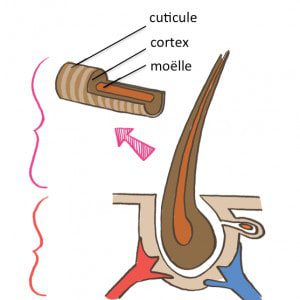
À l’extérieur, la cuticule, enveloppe très fine, est composée d’écailles disposées comme les tuiles d’un toit. Elle protège le cheveu. Puis, le cortex, robuste, est constitué de fibres de kératine et de pigments (mélanine). Ce sont eux qui donnent la couleur aux cheveux. Enfin la moëlle, partie creuse, qui n’existe que dans les cheveux de gros diamètre.
Coloration chimique permanente ou ton sur ton : des produits toxiques et dangereux qui abîment le cheveu
Avant d’entrer dans le vif du sujet, distinguons deux types de colorations chimiques.
La coloration chimique « ton sur ton »
Vous la connaissez peut-être sous le nom de « régé » ou « diacolor ». Elle agit en surface par adsorption, sans pénétrer à l’intérieur de la fibre capillaire, et s’estompe en 4 à 8 shampooings ou en quelques semaines selon le procédé utilisé.
Elle concerne environ 20% des colorations qui sont aujourd’hui pratiquées en France. Parmi ses composants on trouve les composés azoïques et la famille des PPD (paraphénylènediamines).
La coloration chimique permanente d’oxydation
C’est la plus pratiquée dans les salons de coiffure conventionnels et aussi la plus nocive. Cette coloration « d’oxydation », a pour but de modifier durablement la couleur de vos cheveux.
La première étape est d’ouvrir les écailles de la cuticule. En effet, il faut fragiliser la couche protectrice du cheveu pour qu’elle laisse entrer les produits chimiques.
Ensuite, l’oxydant de la coloration chimique va éclaircir les pigments naturels de vos cheveux. Que vous vouliez ou pas foncer votre couleur, la coloration chimique décolore toujours votre couleur naturelle. Cette décoloration permet de laisser place aux nouveaux pigments artificiels.
Enfin, les pigments artificiels vont pénétrer à l’intérieur du cheveu pour lui donner sa nouvelle couleur définitive.
Pour toutes ces étapes, il est nécessaire que la coloration chimique contient de l’ammoniaque et du peroxyde d’hydrogène. D’ailleurs, si votre couleur est notée « sans ammoniaque », elle contient un dérivé de l’ammoniac appelé la monoéthanolamine.
Cheveux abîmés : les vrais risques et dangers des colorations chimiques
Les quatre principales substances chimiques présentes dans les colorations sont aussi les plus dangereuses pour la santé. Ammoniaque, peroxyde, PPD et résorcinol présentent tous un profil toxicologique peu rassurant.
En écartant les écailles de la cuticule et en oxydant les cellules du cortex, les colorations capillaires chimiques abîment durablement les cheveux qui deviennent secs et poreux. Autant par sa composition que par son procédé, la couleur chimique abîme vos cheveux. Elle est nocive pour la santé de vos cheveux.
De plus, la couleur d’oxydation chimique est appliquée sur le cuir chevelu. Puissants oxydants et sources de radicaux libres, leurs composants pourraient favoriser la chute des cheveux et leur blanchiment.
Enfin, des « accidents de coloration » plus graves surviennent avec les colorations chimiques chez le coiffeur ou avec des colorations achetées en grande surface.
Des colorations chimiques peuvent provoquer une perte et une chute de cheveux massive.
Les produits accompagnant la coloration chimique abîment aussi vos cheveux
Bien super, après avoir fait une coloration chimique le coiffeur vous conseille des produits. Ces produits ont pour but de cacher le mauvais état de vos cheveux. En effet, une fois le cheveu abîmé, les shampoings, les soins ou encore les masques ont pour objectif de camoufler la porosité de votre chevelure.
Ces soins à base de silicone, étouffent les cheveux et déposent des substances cancérigènes et des perturbateurs endocriniens (parabens).
Les produits toxiques à éviter :
- Ammoniaque et monoéthanolamine
- Péroxyde d’hydrogène, et produits de substitution (mention “sans peroxyde”)
- PPD (paraphénylènediamine)
- Résorcinol
La coloration végétale : la couleur qui n’abîme pas et offre un soin à vos cheveux
La coloration naturelle et végétale contient uniquement des plantes réduites en poudre et de l’eau pour prendre soin de vos cheveux. La couleur naturelle ne pénètre pas à l’intérieur du cheveu.
Par conséquent, elle ne fragilise pas la cuticule, la couche protectrice naturelle du cheveu. Au contraire, elle gaine et enrobe le cheveu.
Cette couche protectrice végétale fortifie votre cheveu et c’est un véritable soin pour votre chevelure. Elle apporte de l’épaisseur, du volume et de la brillance.
Vous allez adorer
-
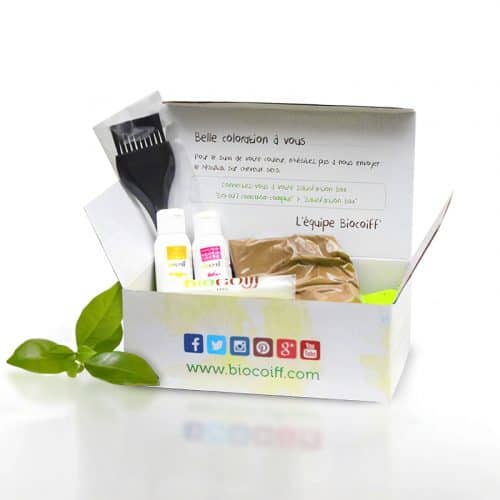 49.90 €
49.90 € -
Promo !


 Coloration Végétale
Coloration Végétale
 Balayage minéral
Balayage minéral
 Soins Capillaires
Soins Capillaires
 Coupe
Coupe
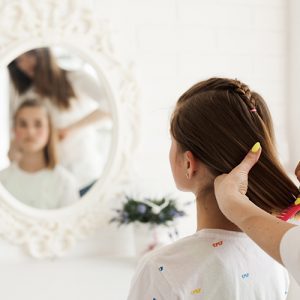 Diagnostic gratuit
Diagnostic gratuit
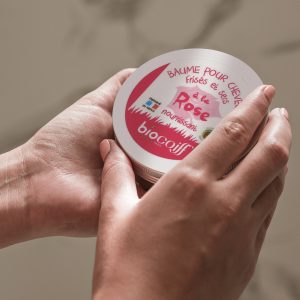 Accueil E-boutique
Accueil E-boutique
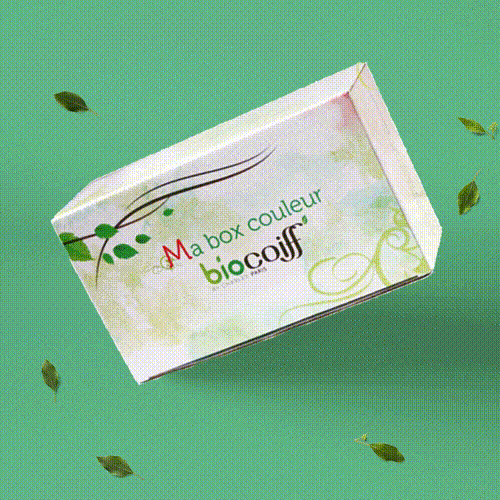 Box Couleur
Box Couleur
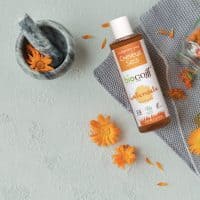 Shampoings
Shampoings
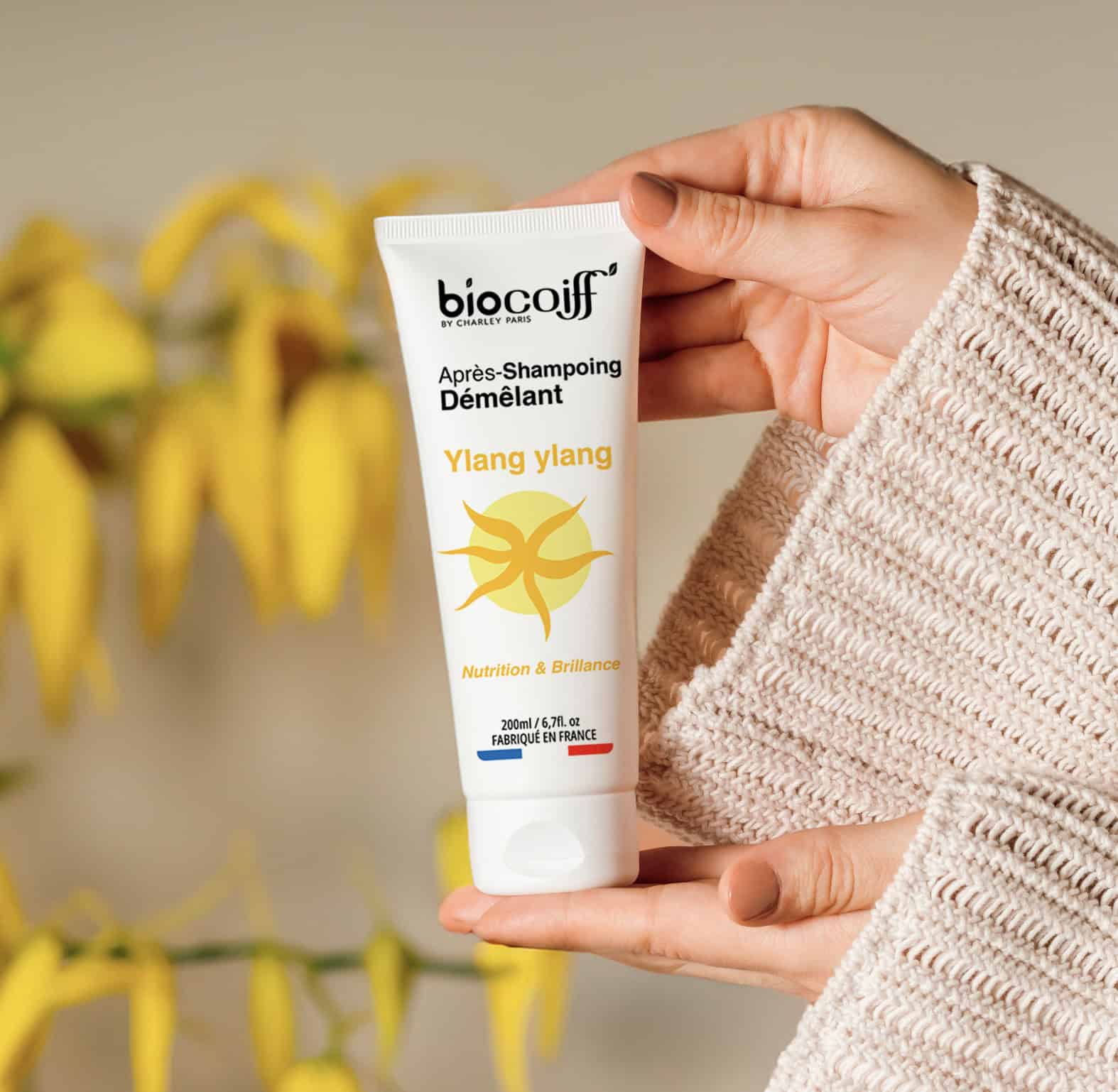 Soins
Soins
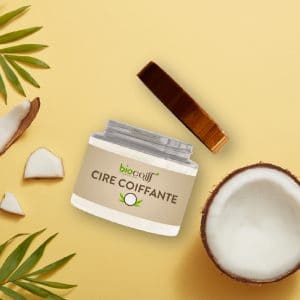 Coiffants
Coiffants
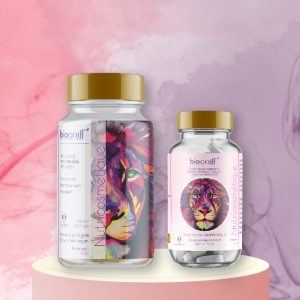 Nutricosmétiques
Nutricosmétiques
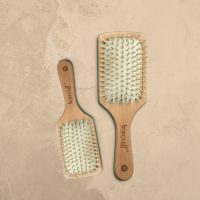 Accessoires
Accessoires
